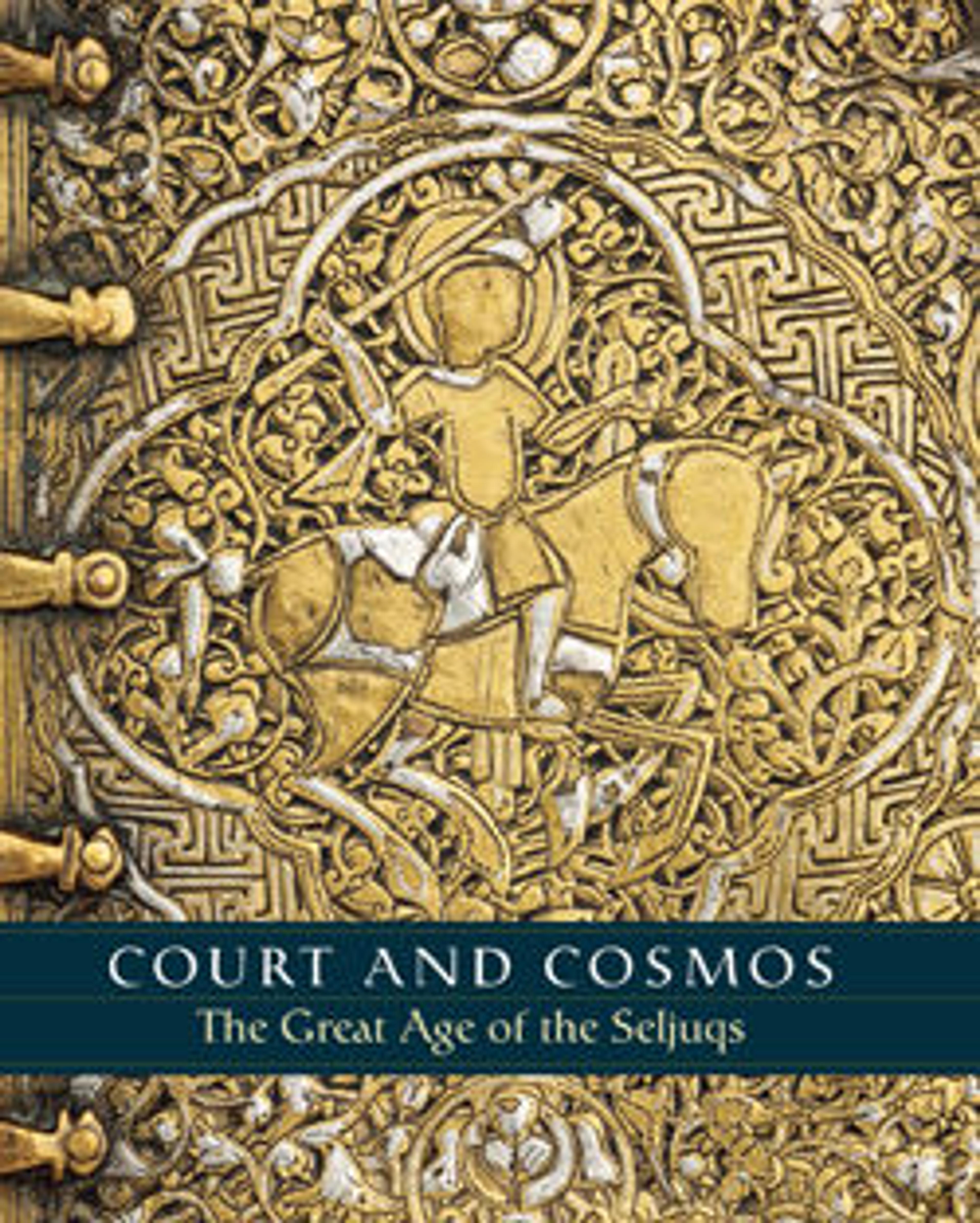Dirham of Nasir al-Din Mahmud (r. 1201–22): Double-Headed Bird of Prey
The period from the mid-twelfth to the mid-thirteenth century witnessed a growing regional economy in the Jazira which led to a profusion of unusually large and heavy copper coins depicting a myriad of figural imagery. Their large size (approx. 2.4–3 cm), the existence of figural imagery, and certain themes recall Byzantine copper coins which were used as petty coinage and which this new coinage complemented. The iconography of many of these coins relates to ancient Roman (cat. 14e), Greek, and Byzantine (cat. 14f) coins. Certain rare examples even copy coins from different periods (cat. 14f), while others have unusual iconography (cat. 14i or cat. 14k), the visual sources and artistic models of which remain difficult to identify. The nearly exact rendering of certain images suggests that mint makers had their models at hand. Ancient gold and silver currency was probably uncovered when rebuilding or erecting monuments, as many of the towns and cities occupied by the Artuqids and Zangids were important centers in antiquity.
Artwork Details
- Title:Dirham of Nasir al-Din Mahmud (r. 1201–22): Double-Headed Bird of Prey
- Date:dated 615 AH/1218–19 CE
- Geography:Made in Turkey, Hisn Kayfa
- Medium:Copper
- Dimensions:Diam. 1 1/8 in. (2.9 cm)
D. 1/16 in. (0.2 cm)
Wt. 0.4 oz. (11.3 g) - Classification:Coins
- Credit Line:Bequest of Joseph H. Durkee, 1898
- Object Number:99.35.2376
- Curatorial Department: Islamic Art
More Artwork
Research Resources
The Met provides unparalleled resources for research and welcomes an international community of students and scholars. The Met's Open Access API is where creators and researchers can connect to the The Met collection. Open Access data and public domain images are available for unrestricted commercial and noncommercial use without permission or fee.
To request images under copyright and other restrictions, please use this Image Request form.
Feedback
We continue to research and examine historical and cultural context for objects in The Met collection. If you have comments or questions about this object record, please contact us using the form below. The Museum looks forward to receiving your comments.
